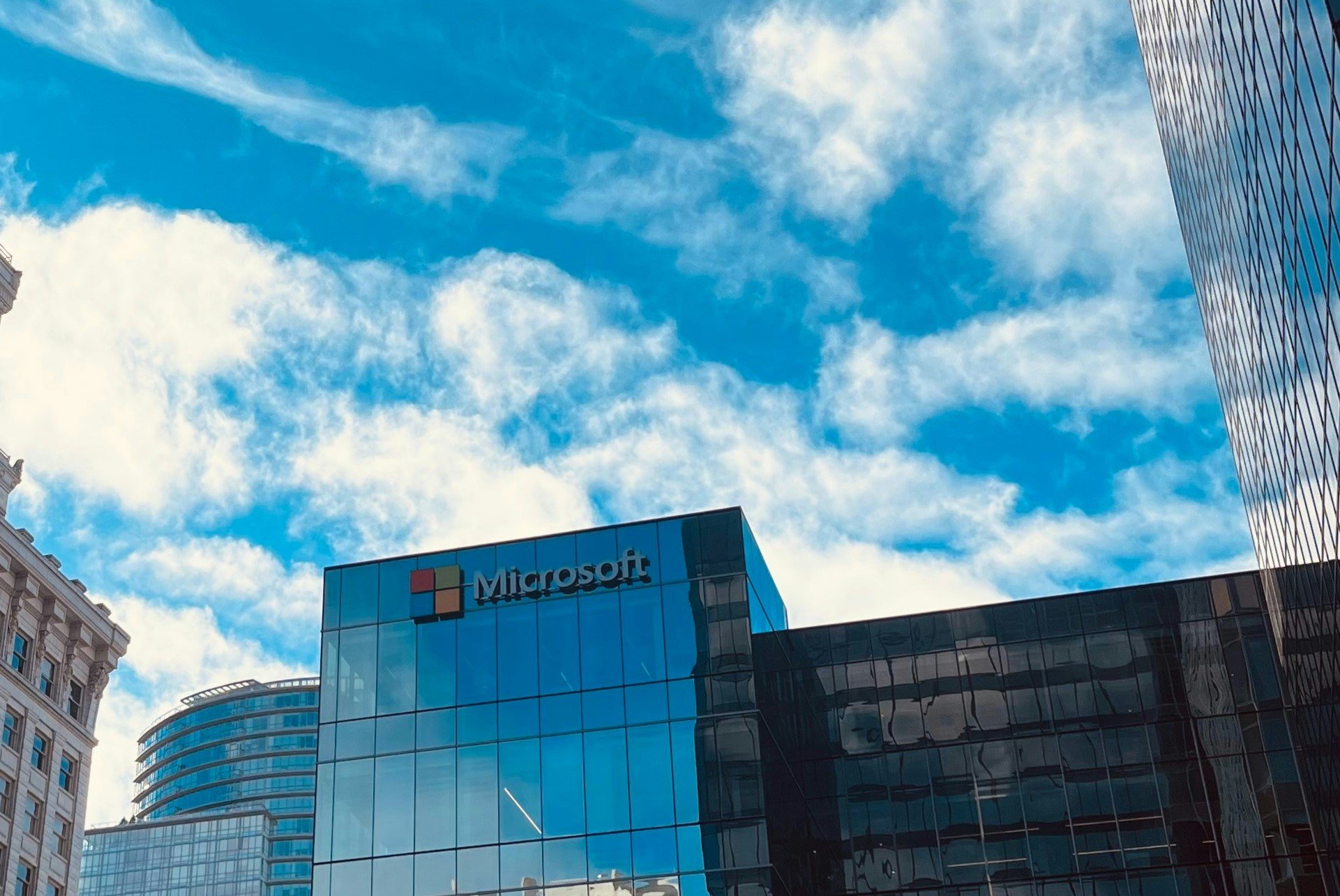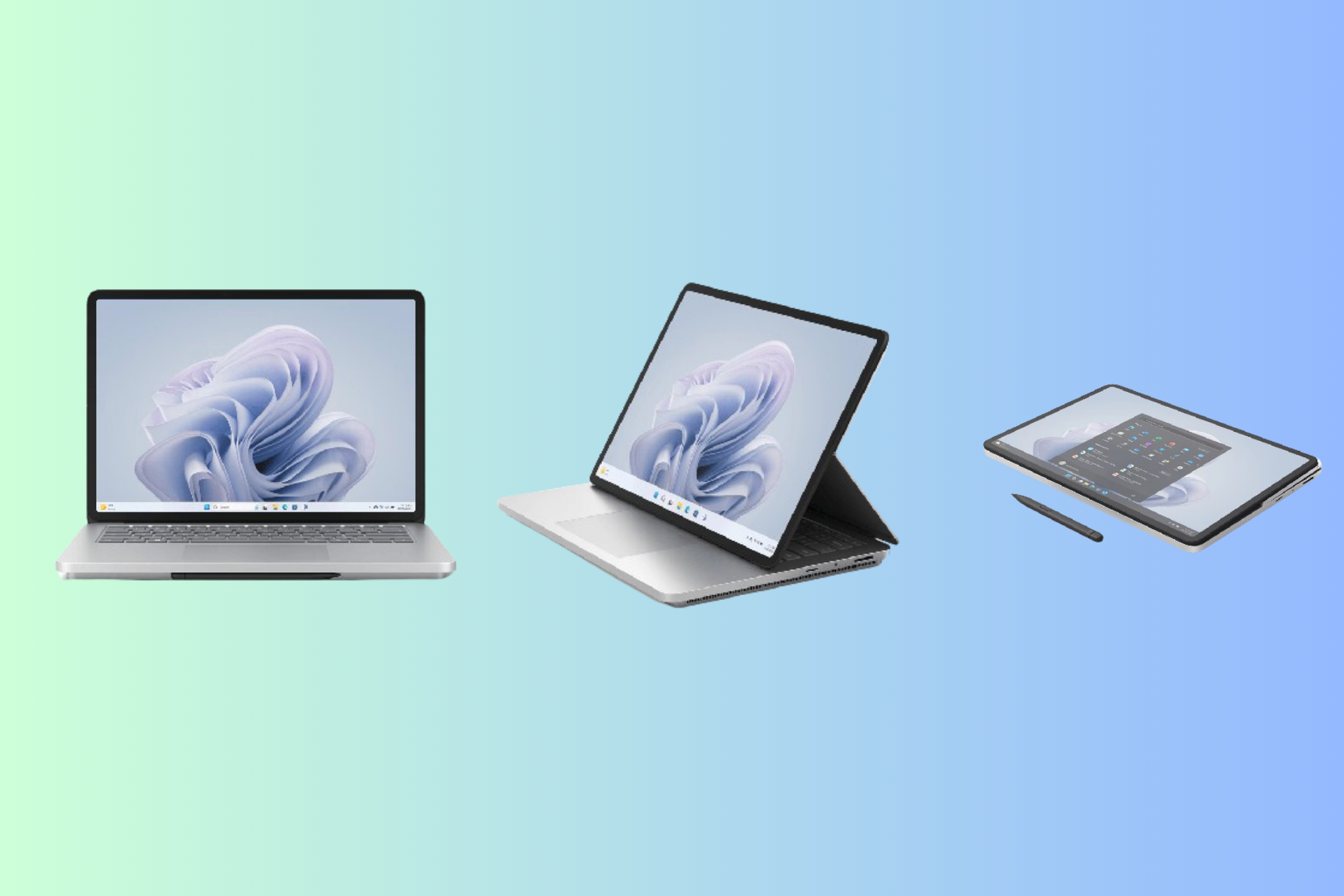The LogoFAIL vulnerability allows image file attacks on your device
Hackers could exploit the vulnerability remotely
2 min. read
Published on
Read our disclosure page to find out how can you help Windows Report sustain the editorial team Read more

AMD partners started rolling out firmware updates to fix the LogoFAIL vulnerability. To do this, they upgraded AGESA (AMD Generic Encapsulated Software Architecture) to version 1.2.0.B. In addition, they added a patch for the LogoFAIL UEFI vulnerability. On top of that, Aorus Elite V2 and Gigabyte B550 received the update last month.
Asus, MSI, and ASRock are also starting to roll the LogoFAIL UEFI vulnerability patch. However, the AMD firmware is a bit late in updating. After all, Intel started releasing patches in December 2023.
How does the LogoFAIL vulnerability work?
According to Kaspersky, the LogoFAIL vulnerability (CVE-2023-40238) allows threat actors to exploit the process of customizing boot logos on computers. When you turn your PC on, the UEFI firmware starts first and displays the manufacturer’s logo.
You can use the feature to change your logo. However, it also allows hackers to do it. Thus, they can access your PC before the OS starts and gain control over it. On top of that, they can do it remotely and use UEFI bootkits.
Hackers can exploit the LogoFAIL vulnerability to modify system files and run malicious codes with the highest privileges. On top of that, the malware can still exist after reinstalling the OS and replacing the hard drive.
Cybercriminals can trigger the vulnerability by changing the resolution of the Boot image. As a result, they cause a calculation error. Through it, they can inject malicious code into a memory area for an executable code.
Some manufacturers like Lenovo, Intel, and Acer allow you to change your Boot logo. So, they make it easier for hackers to attack your device. Also, some security features, like Intel Boot Guard and AMD Hardware-Validated Boot, don’t protect you against the LogoFAIL vulnerability because it happens before the boot.
The UEFI firmware allows the usage of multiple image formats such as BMP, GIF, JPEG, PCX, PNG, and TGA. As a result, there are more chances for threat actors to attack your system.
Ultimately, AMD systems started to roll updates to patch the LogoFAIL vulnerability late. Also, it is hard to get rid of it. However, some systems, such as Apple laptops or Dell devices, don’t permit a Boot logo change or have many restrictions.
What are your thoughts? Did you know that you could change your Boot logo? Let us know in the comments.








